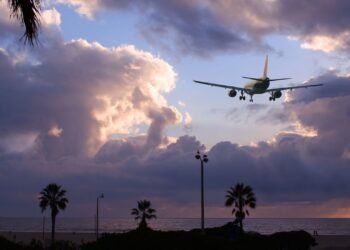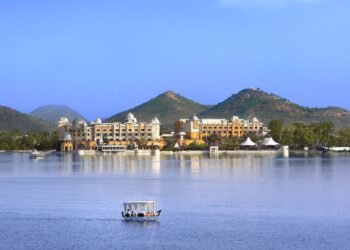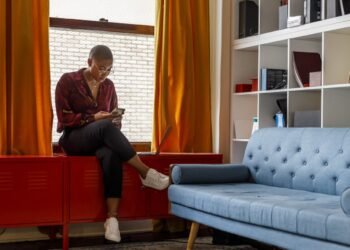“Calcium carbonate is the best possible substrate for new coral recruits to settle themselves,” says Ronald Osinga, Assistant Professor in Marine Animal Ecology at Wageningen University in The Netherlands, who advises Ocean Builders on reef restoration projects. “So in this way, natural development of coral biodiversity is enhanced. The SeaPod is likely to become a source of a large variety of coral materials for reef renewal.”
Ocean Builders’ founder, Grant Romundt, became convinced of that while testing a prototype for the SeaPod offshore from Phuket, Thailand, in 2019. Within two months of launching the bare-bones beta version, he was amazed to see coral colonizing the structure’s steel tubing.
“Everywhere you looked there were thousands of fish,” Romundt says. “I was really excited. I realized our houses can restore sea life in the ocean as opposed to a house on land, where you cut down nature to build it—then put a potted plant in the corner to replace what you cut down.”
Romundt, who is Canadian, also has Panamanian residency. (The country’s Panama Residence by Investment Program, also known as the Panama golden visa, offers residence to foreigners willing to make a substantial investment into the country.) He chose Panama to launch the project, he told me, not only for its “beautiful marine environment and attractiveness for on-the-water-living,” but because it lies below the hurricane belt, making it a good place to test the concept’s initial viability. (Down the road, he plans to build hurricane-proof SeaPods to put in places like Florida, where there’s been much interest in the project.)
Romundt had originally conceived of the SeaPod as a residential structure, to expand coastal living options in an eco-friendly way. But the idea to turn the SeaPod into a hospitality project came naturally, he says.
“Giving people an amazing experience of what living in a floating home is like is the best way of growing and expanding our vision globally,” he says. “The steps we are taking here in Panama will be the basis for the future expansion of floating resorts in other parts of the world.”
Here, a dedicated concierge can stock your kitchen with local pineapple and lobster, and arrange experiences like in-pod dining with a personal chef, or excursions with Ocean Builders’ partners to visit other eco-restorative projects.
One morning, on a scuba diving adventure into Portobelo National Park with Jean Carlos Blanco, Executive Director of Reef2Reef Restoration Foundation, I donned a scuba tank to dive within a coral nursery, where some 750 individual corals are growing as part of a project with Panama’s Smithsonian Tropical Research Institute. The goal, Blanco tells me, is to eventually outplant 5,000 corals within the national park. His organization is also testing 3D-printing with Ocean Builders to develop coral to add to the SeaPods’ submerged steel tubing, another potential generator of marine life.
During another excursion—a hike and kayak trip into Portobelo National Park—my guide, Jason Ashcroft of Portobelo Adventures, shuffles a patch of leaves to reveal a green poison dart frog, and guides me to an island abloom with wild orchids.
Beyond Panama, says Romundt, one of the places Ocean Builders has set its sights on is the Maldives, a destination known for overwater bungalows—although none as tech-forward and eco-restorative as the SeaPod, which is the only project of its kind.













